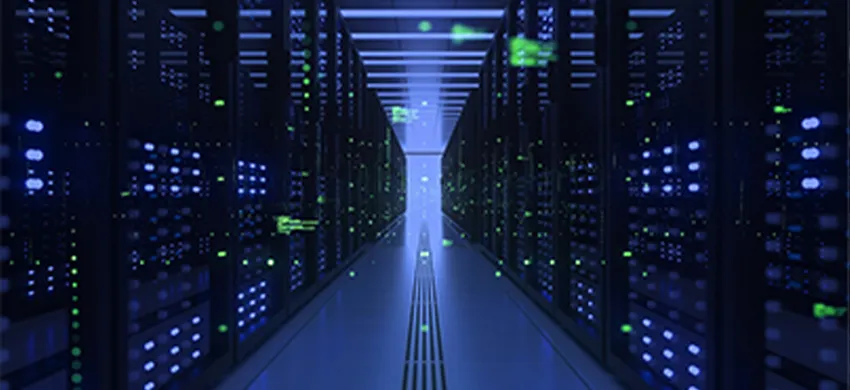I. Transmission principle of fiber optic connector
The optical terminator is the core component of the fiber optic connector, which is different from the circumferential contact conduction of the electrical contact. The optical terminator is generally transmitted through the end face contact, and the best optical performance and good mechanical performance are achieved by polishing and grinding the end face. The optical signal enters the other end from one end of the terminator along the optical fiber.
1. The optical termination part is composed of high-precision ceramic pin and correction sleeve. The optical fiber is fixed in the inner hole of the ceramic pin. After the end face is polished, it is pressed tightly through the springs at both ends to make it contact reliably. The diameter of the ceramic pin used in the contact is generally Φ2.5mm, Φ1.25mm etc. The accuracy of diameter and coaxiality can reach 0.1μm。
2. MT type optical terminator is a kind of terminator for multi-core fiber optic connector. The main material is PPS, which is an important part of MPO, MTP and other fiber optic connectors.
Connectors with MT optical terminators generally have high density. A single terminator can realize up to 72 optical signal transmission at the same time. The end connector adopts guide pins at both ends to guide the correction, so that multiple optical fibers are centered in the pin at the same time.
II. Performance index of fiber optic connector
1. Transmission mode
It refers to the transmission mode of light in optical fiber (electromagnetic field distribution form). The common communication optical fiber modes are divided into single-mode and multi-mode. Single mode is suitable for long-distance transmission and multi-mode is suitable for short-distance transmission. The core diameter D1 of G652D single-mode fiber is 9μm. The cladding diameter D2 is 125μm. Multimode fiber is commonly divided into 62.5/125 or 50/125.
The selection of optical fiber mode must match the optical module, otherwise the core diameter mismatch will cause additional loss. Interconnection between optical fibers and cables with different core diameters is not recommended.
2. Insertion loss
When fiber optic connectors are used for connection, the amount of optical signal power reduction is usually expressed in decibels (DB). For example, when the insertion loss is 3dB, the optical power loss is about 50%. When the insertion loss is 1dB, the power loss is about 20%. IL = - 10log (P1 / P0). Here P0 is the optical power at the input and P1 is the optical power at the output.
3. Return loss
Also known as reflection loss, it refers to the parameter of signal reflection performance. Return loss describes the quantity returned by the optical signal back to the original path. Generally, the greater the better. For example, 10% of the input 1MW power is reflected back, that is, 10dB. 0.003% is reflected back and the return loss is about 45dB. RL = - 10LOG (P2 / P0). Here P0 is the input optical power and P1 is the backward reflected optical power.
4. End face type
The optical fiber surface is divided into PC (spherical grinding) and APC (inclined spherical grinding). After APC grinding, the reflected beam returning along the original path is greatly reduced, which helps to improve the return loss of the fiber optic connector.
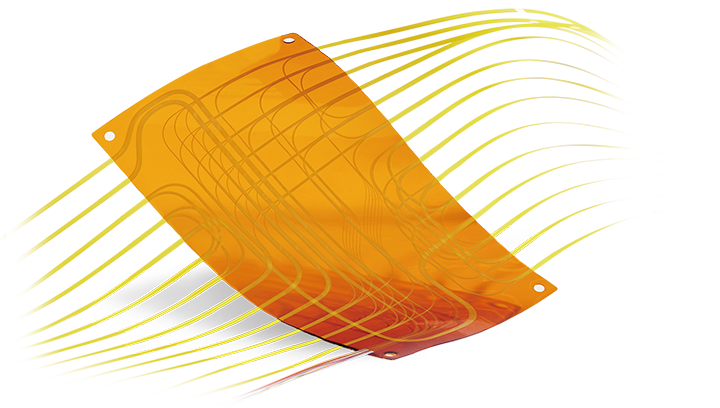 Fiber Optic Flex Circuit (FOFC)
Advanced Simulation & Optimization, High Positioning Accuracy, Flexible Customization, Rigorous Reliability Testing
Fiber Optic Flex Circuit (FOFC)
Advanced Simulation & Optimization, High Positioning Accuracy, Flexible Customization, Rigorous Reliability Testing MDC Solution
US Conec's MDC connector is a Very Small Form Factor (VSFF) duplex optical connector, expertly designed for terminating single-mode and multimode fiber cables with diameters up to 2.0mm.
MDC Solution
US Conec's MDC connector is a Very Small Form Factor (VSFF) duplex optical connector, expertly designed for terminating single-mode and multimode fiber cables with diameters up to 2.0mm.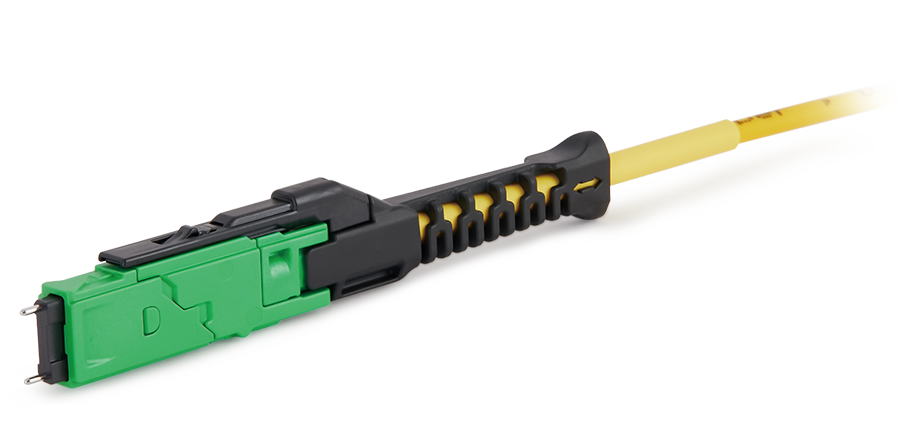 MMC Solution
US Conec's Very Small Form Factor (VSFF) multi-fiber optical connector that redefines high-density connectivity with its cutting-edge TMT ferrule technology and intuitive Direct-Conec™ push-pull boot design.
MMC Solution
US Conec's Very Small Form Factor (VSFF) multi-fiber optical connector that redefines high-density connectivity with its cutting-edge TMT ferrule technology and intuitive Direct-Conec™ push-pull boot design. EN
EN
 jp
jp  fr
fr  es
es  it
it  ru
ru  pt
pt  ar
ar  el
el  nl
nl 

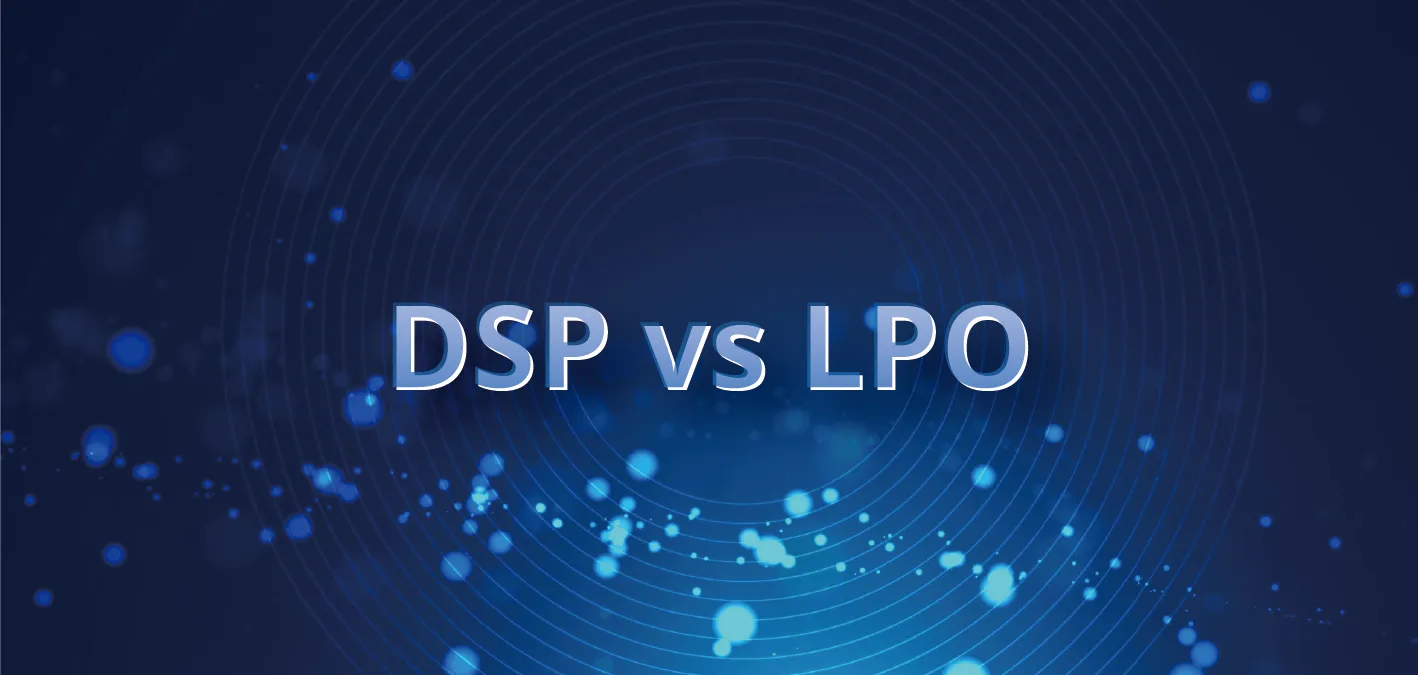
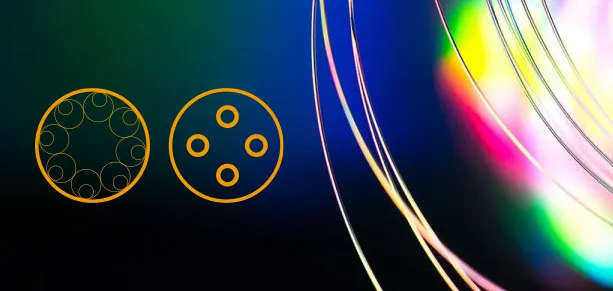
_and_High-Reflection_(HR)_Optical_Coatings.webp)
